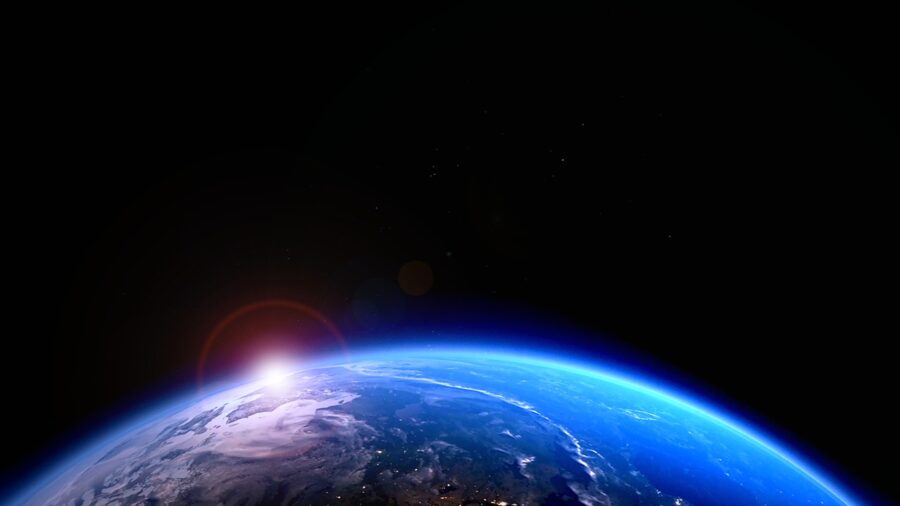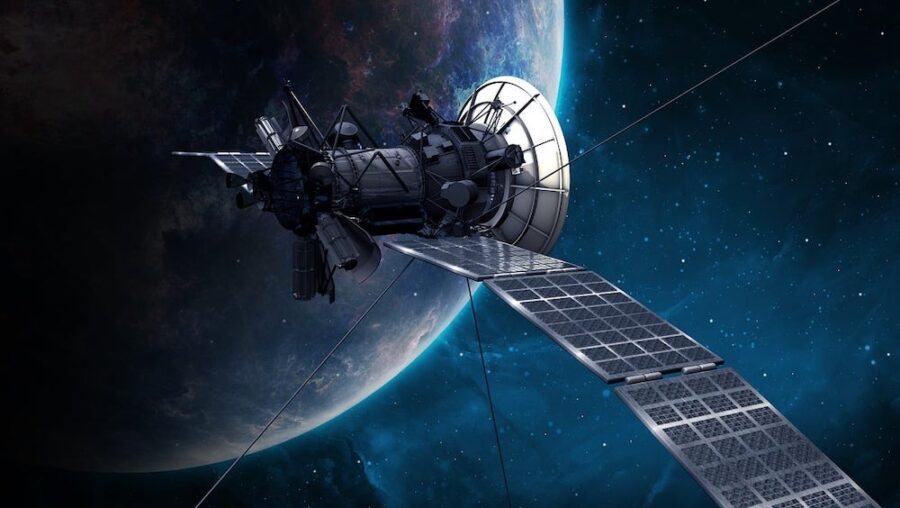Space Junk Is Hurting Earth And We Didn’t Even Know It

Space exploration has captured the human imagination for decades. However, it has left a significant, yet often overlooked amount of space junk in its wake. A recent study, led by physicist Daniel Murphy of the National Oceanic and Atmospheric Administration via the Proceedings of the National Academy of Sciences of the United States of America (PNAS), reveals that even space debris designed with disposal in mind is polluting Earth.
The presence of metal in the stratosphere could impact Earth‘s atmosphere in several ways.
These findings highlight a growing issue that calls for further investigation as the rate of launching objects into space continues to rise. The space above Earth is filled with debris, including remnants of rockets, space stations, and dead satellites. While most of this space junk burns up upon reentry into Earth’s atmosphere, it leaves minuscule traces of metal lingering in the stratosphere.
Although these metal traces from space junk have largely gone unnoticed, they could have far-reaching consequences. Murphy’s team found that traces of aluminum, lithium, copper, and lead are becoming increasingly prevalent in the stratosphere. In the past, the refractory material in stratospheric particles was iron, silicon, and magnesium from natural meteoric sources.

However, as the amount of material from the reentry of upper-stage rockets and satellites is projected to increase over the next few decades, the amount of aluminum in stratospheric sulfuric acid particles could soon surpass meteoric iron. While the potential consequences of extra space junk remain unknown, the presence of metal in the stratosphere could impact Earth‘s atmosphere in several ways.
The space above Earth is filled with debris, including remnants of rockets, space stations, and dead satellites.
The added space junk might affect how water freezes into ice in the stratosphere and influence the size of stratospheric aerosol particles. Furthermore, it could induce salt deposition on aerosol particles and alter the stratospheric refraction of light. While these changes might seem subtle, they could lead to unintended consequences that necessitate further investigation.
As the number of small satellites planned for low Earth orbit increases, there will be more reentry events introducing additional space junk and metal vapor into the stratosphere. As such, the percentage of stratospheric sulfuric acid particles containing aluminum and other metals from satellite reentry could become comparable to the percentage containing meteoric metals.
Space junk also poses a threat to the future of space exploration due to the increased risk of collision. A 10-centimeter object could break an average satellite into pieces upon impact. At present, there are approximately 30,000 similarly sized objects in space (including naturally occurring debris from comets or asteroids).
Although these metal traces from space junk have largely gone unnoticed, they could have far-reaching consequences.
Moreover, satellites have to move out of the way of incoming space junk to make sure they don’t get hit and potentially damaged or destroyed. In total, across all satellites, hundreds of collision avoidance maneuvers are performed every year, including by the International Space Station, which houses astronauts.
As the space industry enters an era of rapid growth, it is imperative that the consequences of space junk are addressed to mitigate any potential harm to our planet’s delicate ecosystems. In doing so, we can ensure that the beauty and wonder of space exploration do not come at the cost of the Earth and future generations who call our planet home.












